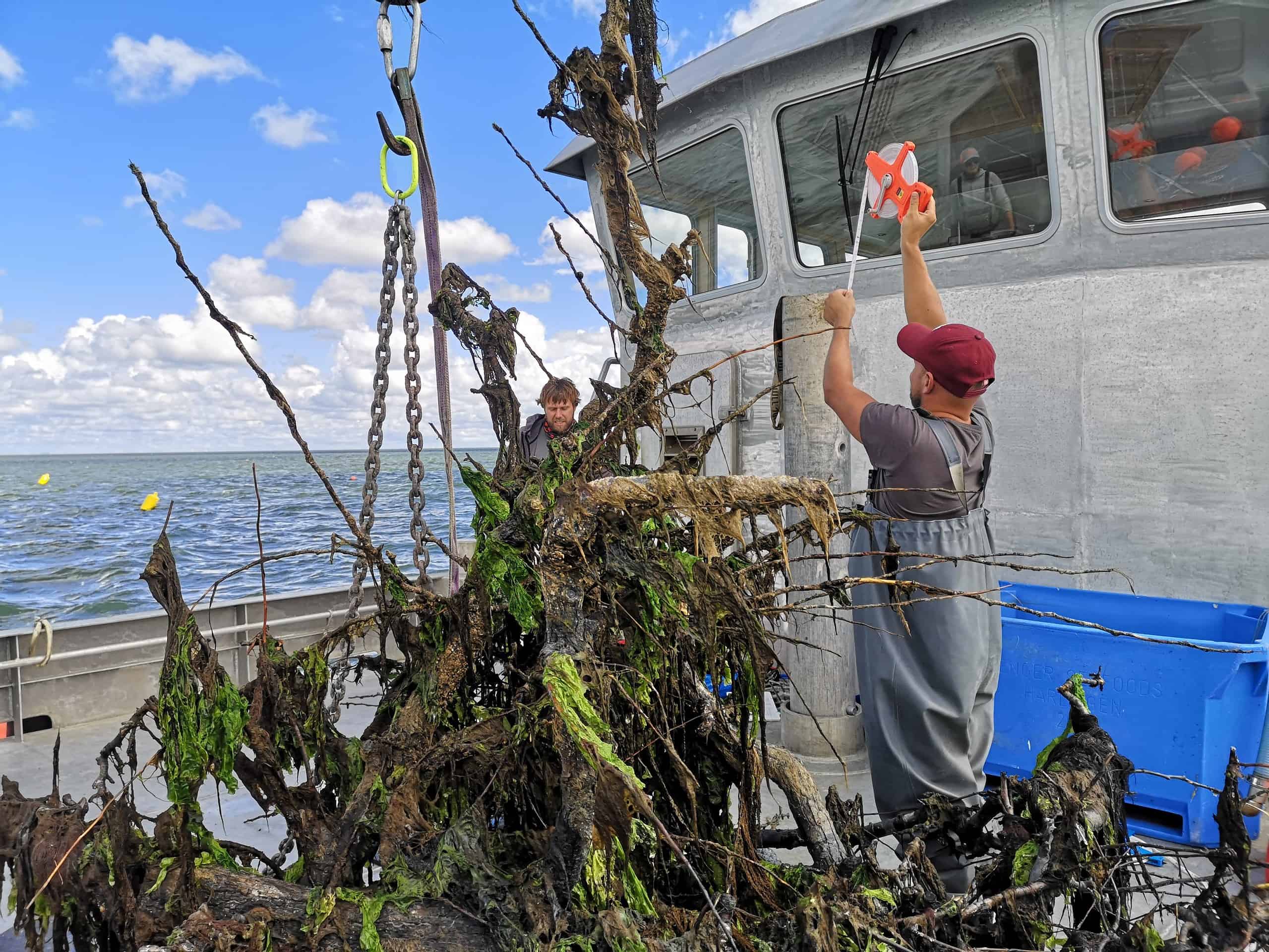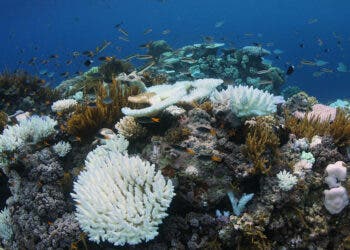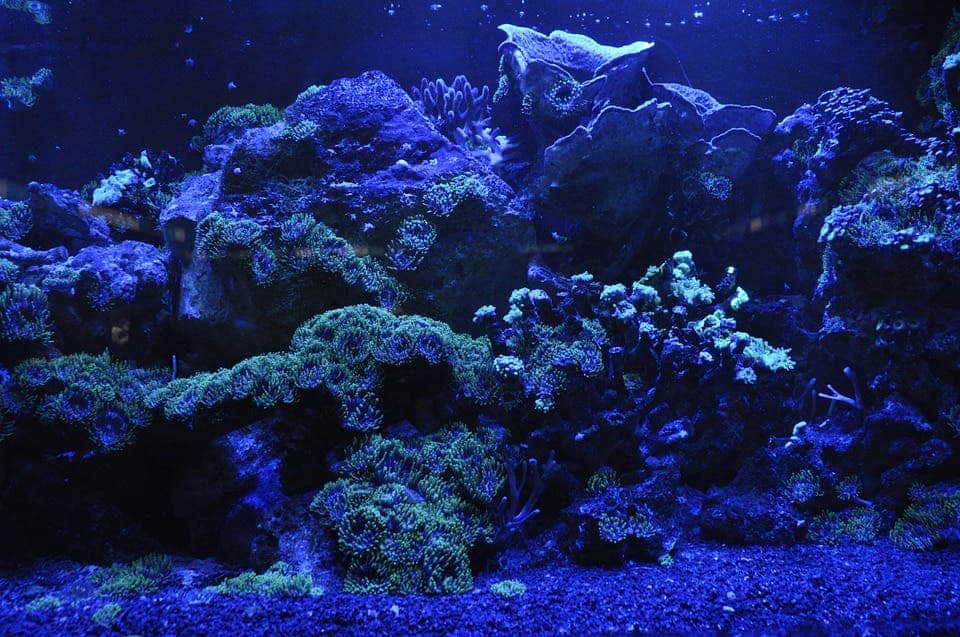
Coral reefs are extremely important. They’re biodiversity hot spots, lessening currents and waves and providing a stable substrate. Reefs serve as habitat, shelter, foraging, and nursing grounds for marine life, and they also provide a lot of environmental services for humans. But reefs are in trouble.
Over the last centuries, the extent of reefs has largely declined due to climate change and pollution. To address this, researchers are looking at ways to help coral reefs.
A team at the Royal Netherlands Institute for Sea Research has shown that culled fruit trees sunk into the sea are a cheap and effective way to recreate reefs and boost the local diversity of marine life. The study was carried out in the Wadden Sea in the Netherlands, a UNESCO heritage site and one of the world’s largest tidal flats systems.
“Native marine biodiversity can be restored in a highly degraded ecosystem like the Dutch Wadden Sea by using trees as reefs,” Jon Dickson, the study´s lead author, said in a news release. “Before humans domesticated the landscape with agriculture, logging, and river controls, trees fell into rivers in large numbers and were washed out to sea.”
Corals in trouble
Corals have a big problem — and it’s us. Humans are damaging corals in many ways. The first is climate change, heating the oceans’ waters, making them more acidic and unsuitable for corals. But that’s not the only problem we’re causing.
Habitat destruction caused by land reclamation, removal of hard structures and destructive fisheries, such as bottom-trawling are all affecting reefs. Pollution and climate change-related extreme events add to these effects.
Reefs in all areas of the world are affected. While reefs from tropical locations usually come to mind, reefs in the North Sea area, where the Wadden Sea is located, have also declined.
Responding to this, governments and conservation organizations are increasingly investing in helping corals and preventing the decline or reefs.
In their study, Dickson and his team built last year 32 pyramid-like structures from over 190 felled pear trees past their economic lifespan and transported them to open waters between the Dutch barrier islands Texel and Vlieland. There, these tree-reefs were rooted in concrete feet and sunk to the sea bottom at four different locations.
The reason why trees were used is not random. Trees used to flow naturally into the sea, but when humans stepped in and managed the area, this stopped. The researchers explain their reasoning:
“The damming of rivers and the logging of forests along their banks has terminated the outflux of wood into estuaries of the last centuries, thereby severely limiting the availability of this natural hard substrate for marine reef communities. In line with wood reintroduction in rivers, we show that using short-stemmed fruit trees to build reefs that mimic the presence of historical sunken driftwood strongly increases the biodiversity and abundance of both sessile and mobile species on and around these tree reefs within six months after placement.”
Who lives in a pear tree under the sea?
The researchers waited four months and briefly raised the trees to count the number of different species of sessile organism on them, such as shellfish, algae or polyps. They were then sent back to the sea bottom for another two months. Fish traps were also lowered around each reef block and then retrieved to count and measure species.
“Within six months, the tree-reefs were covered in a profusion of sessile animals and algae, and home to more fish than surrounding control areas,” said Dickson in a news release. In total, the researchers found 15 species of organisms near the reefs, including barnacles, hydroid polyps, sea grapes, sea stars, sea lettuce and sea grapes.
Within the tree-reef sites, they caught six species of fish and four of crustaceans, compared to just two species of fish and five of crustaceans within control sites, about 200 meters away. This shows that initial colonization of natural tree-reefs is rapid and that the recovery of communities could be possible by active restoration, Dickson said.
Up next, the researchers have other further questions they would like to answer. “Since we have done our experiment only in one sea, we don’t yet know how tree-reefs would perform off the coast of other continents,” Dickson said. They would also like to know how long will the trees function as reefs as they eventually biodegrade.
The study was published in the journal Frontiers in Marine Science.



